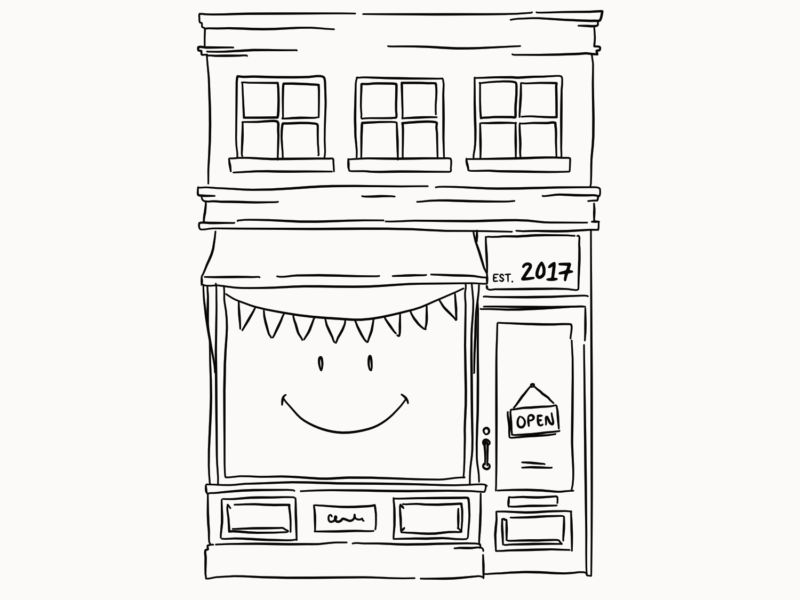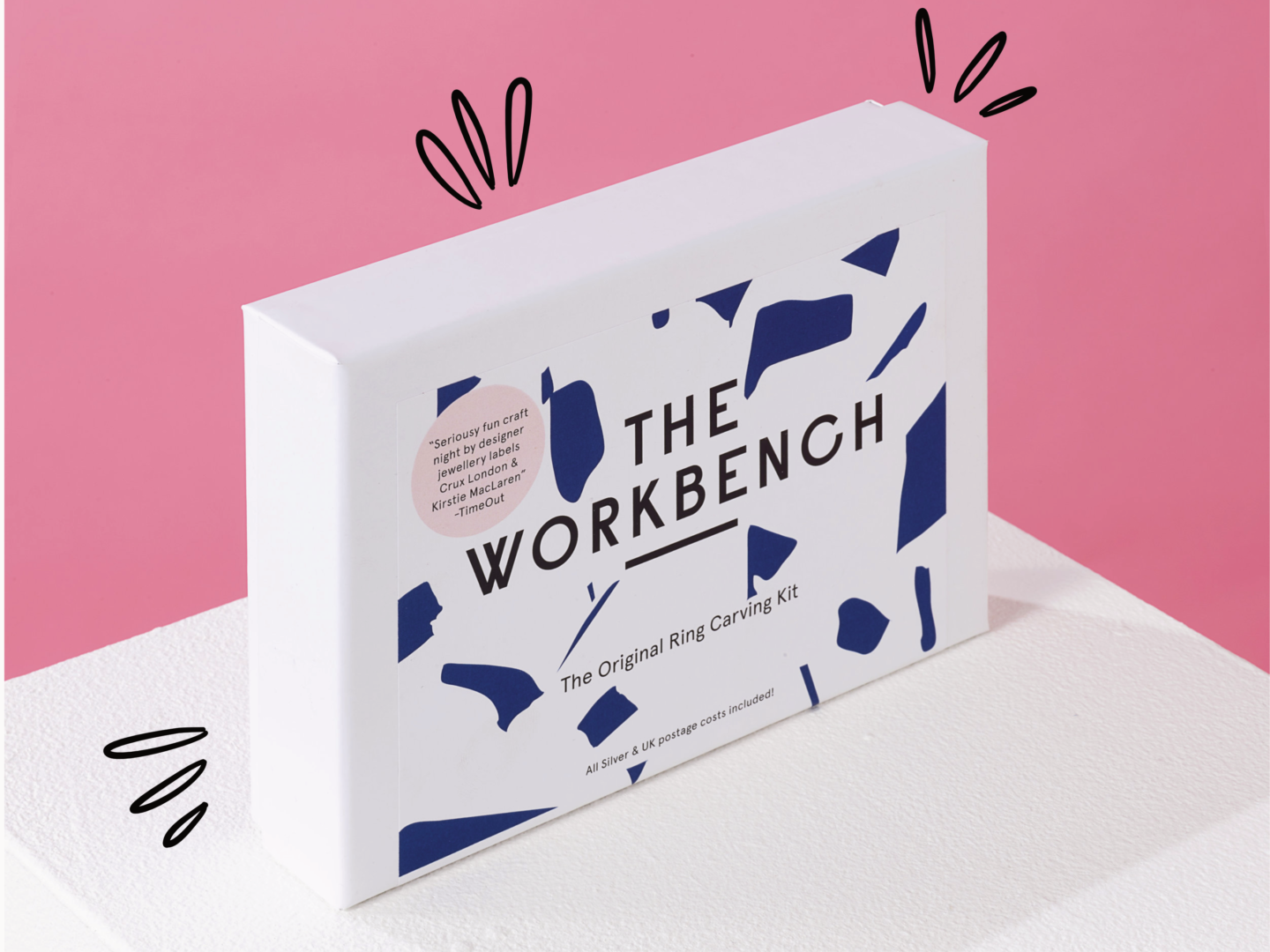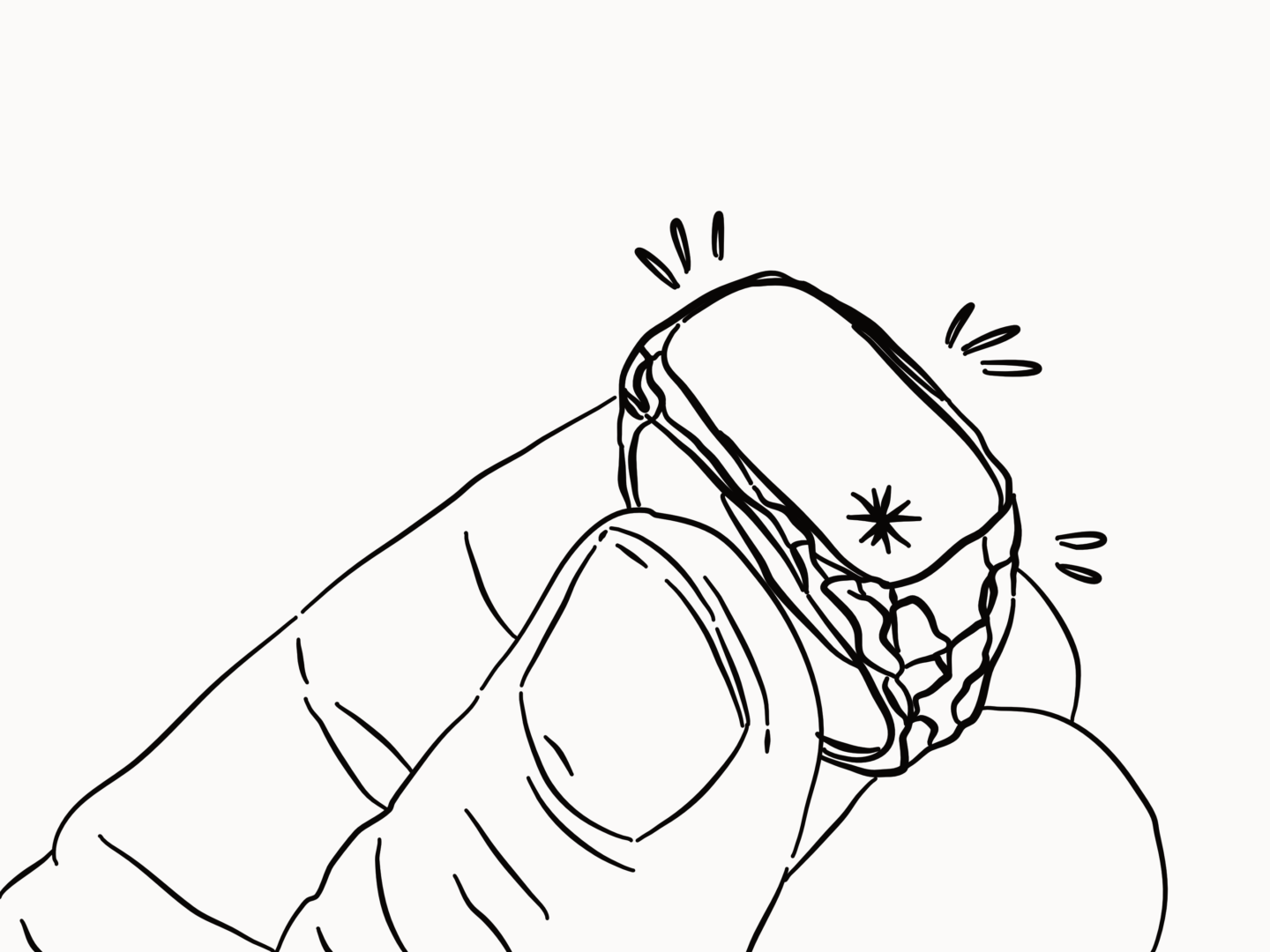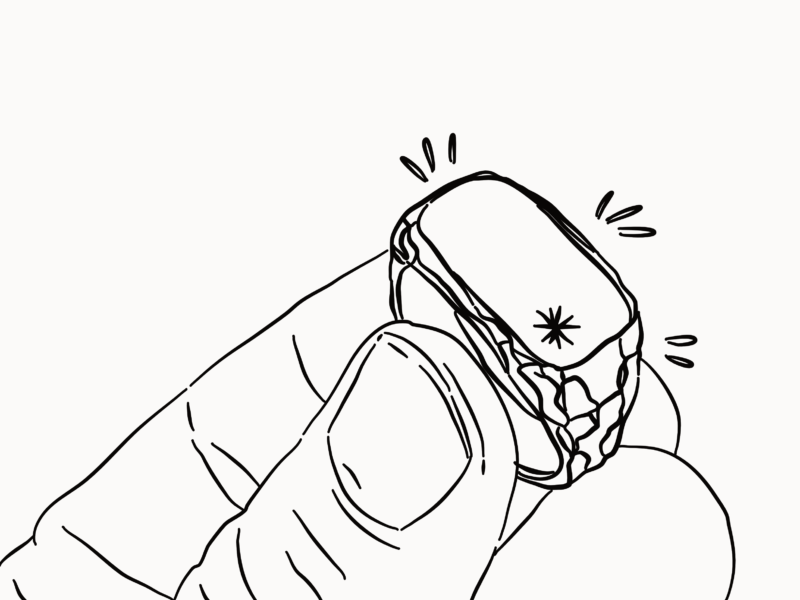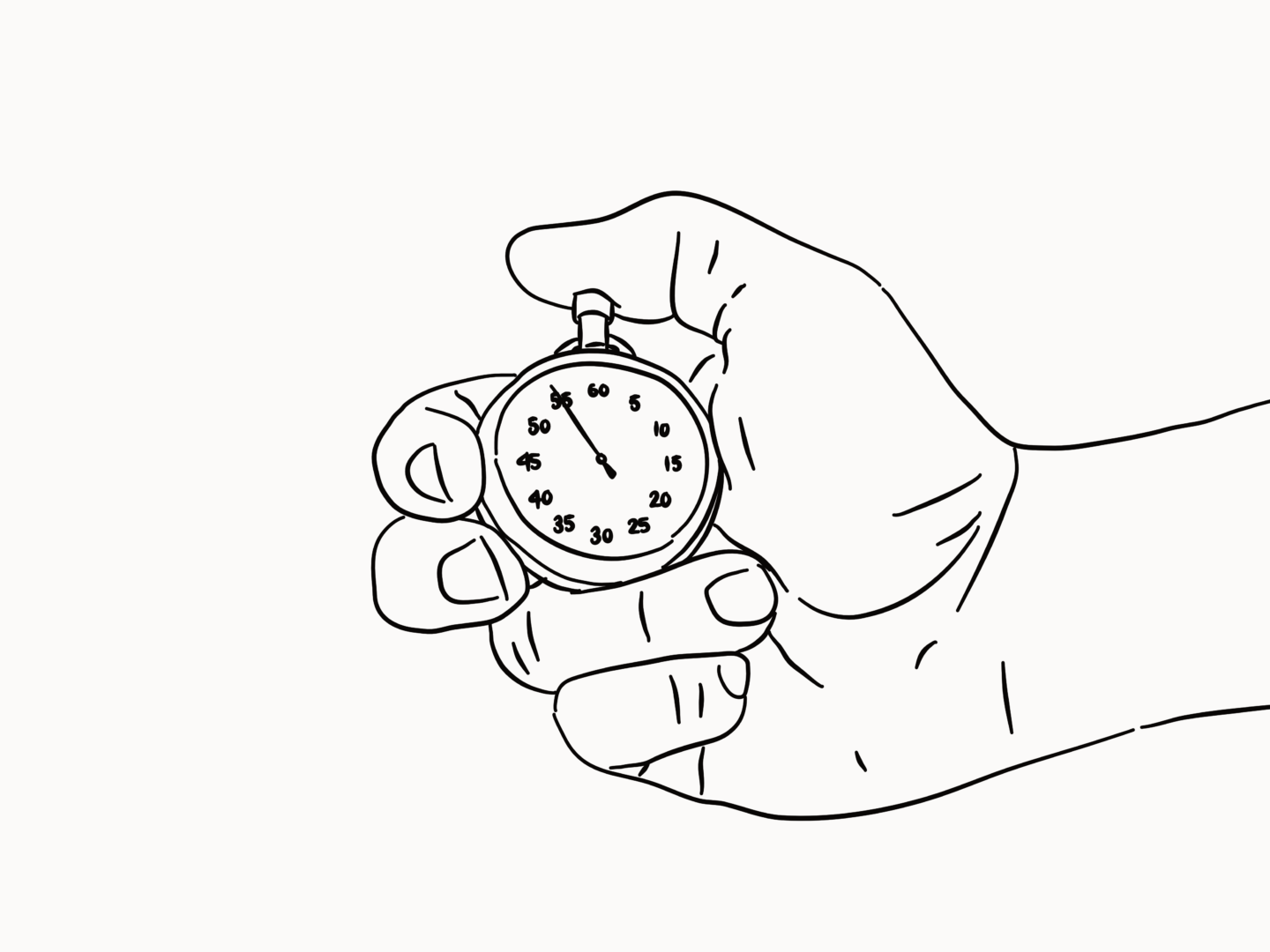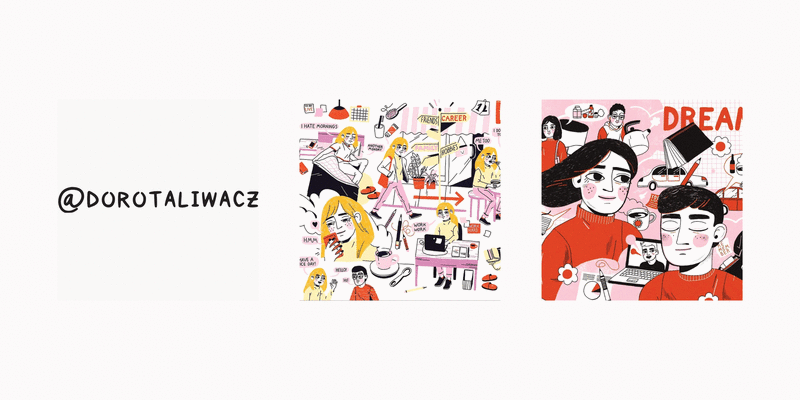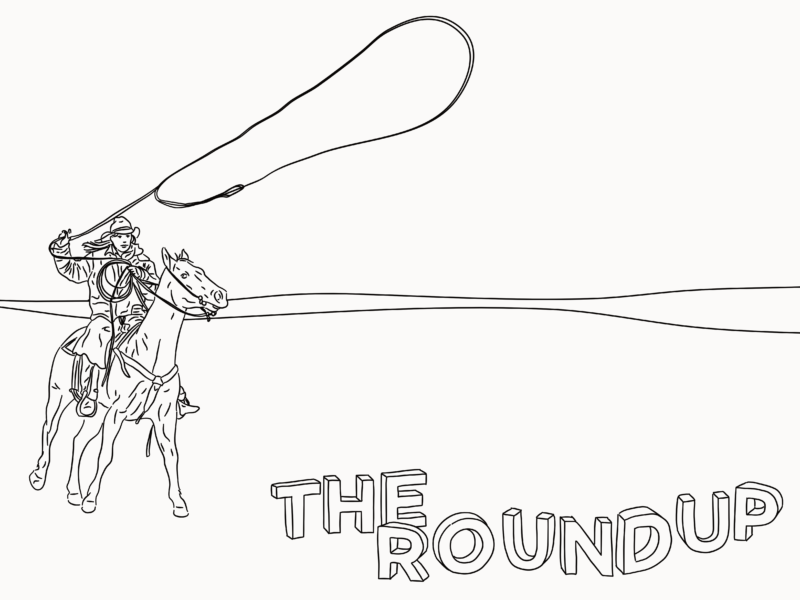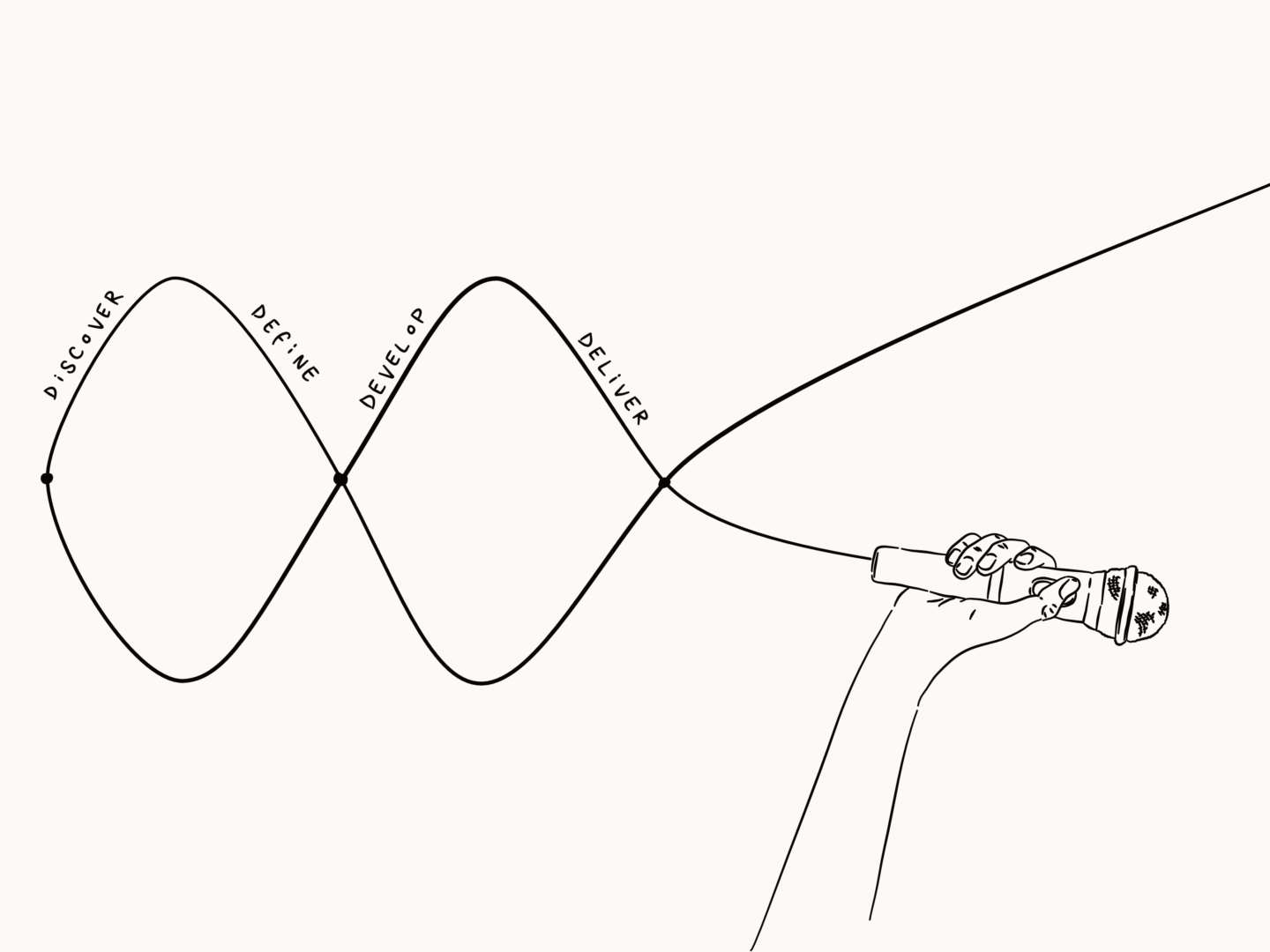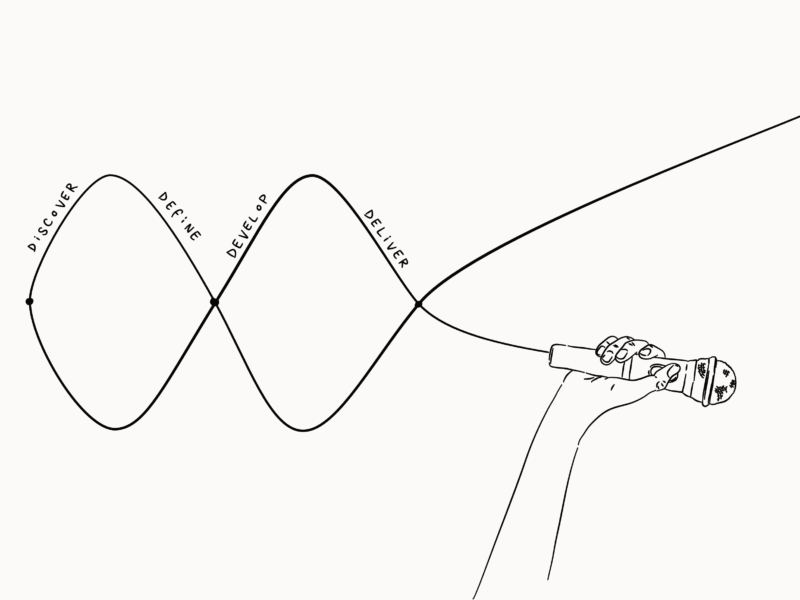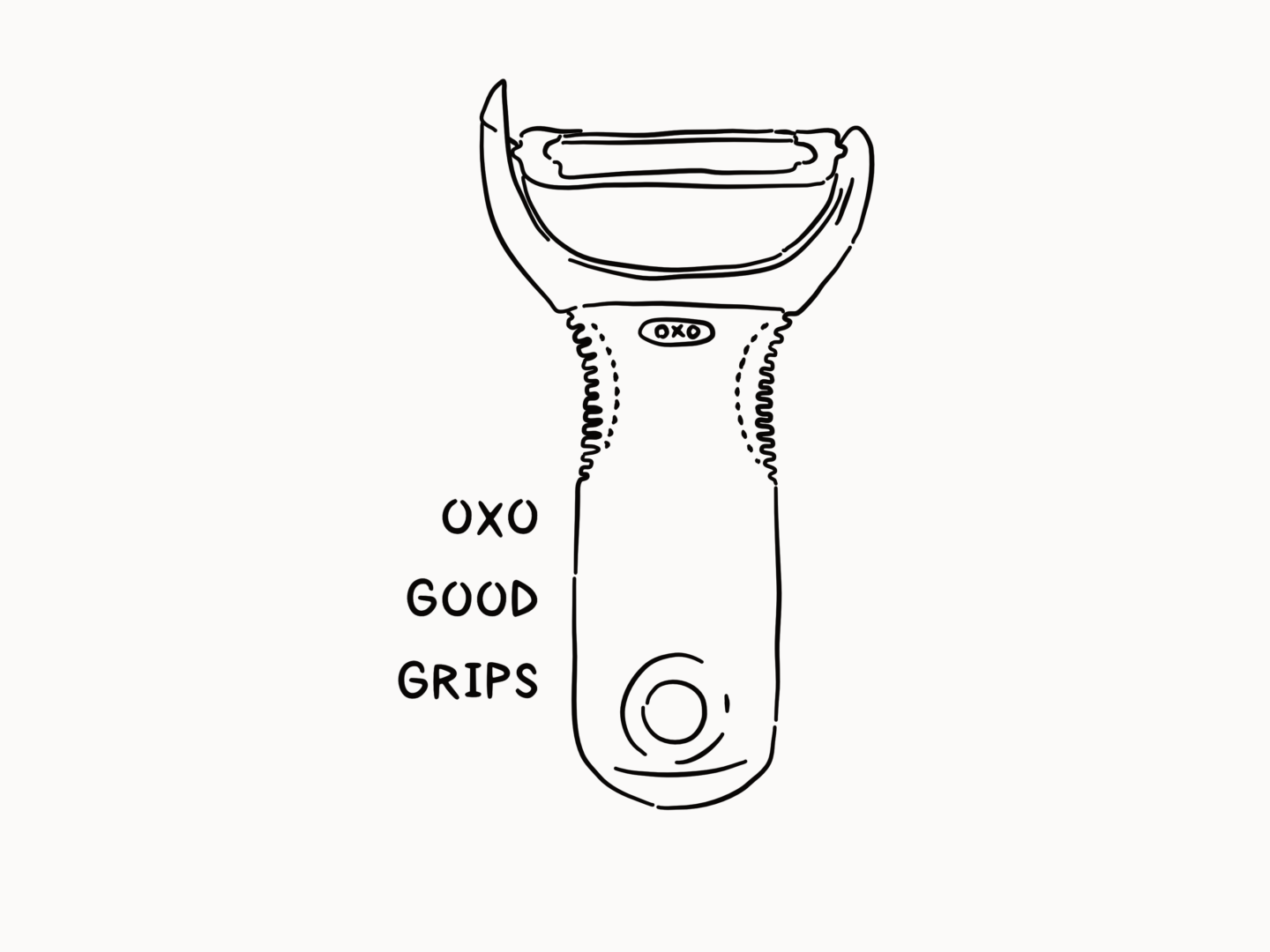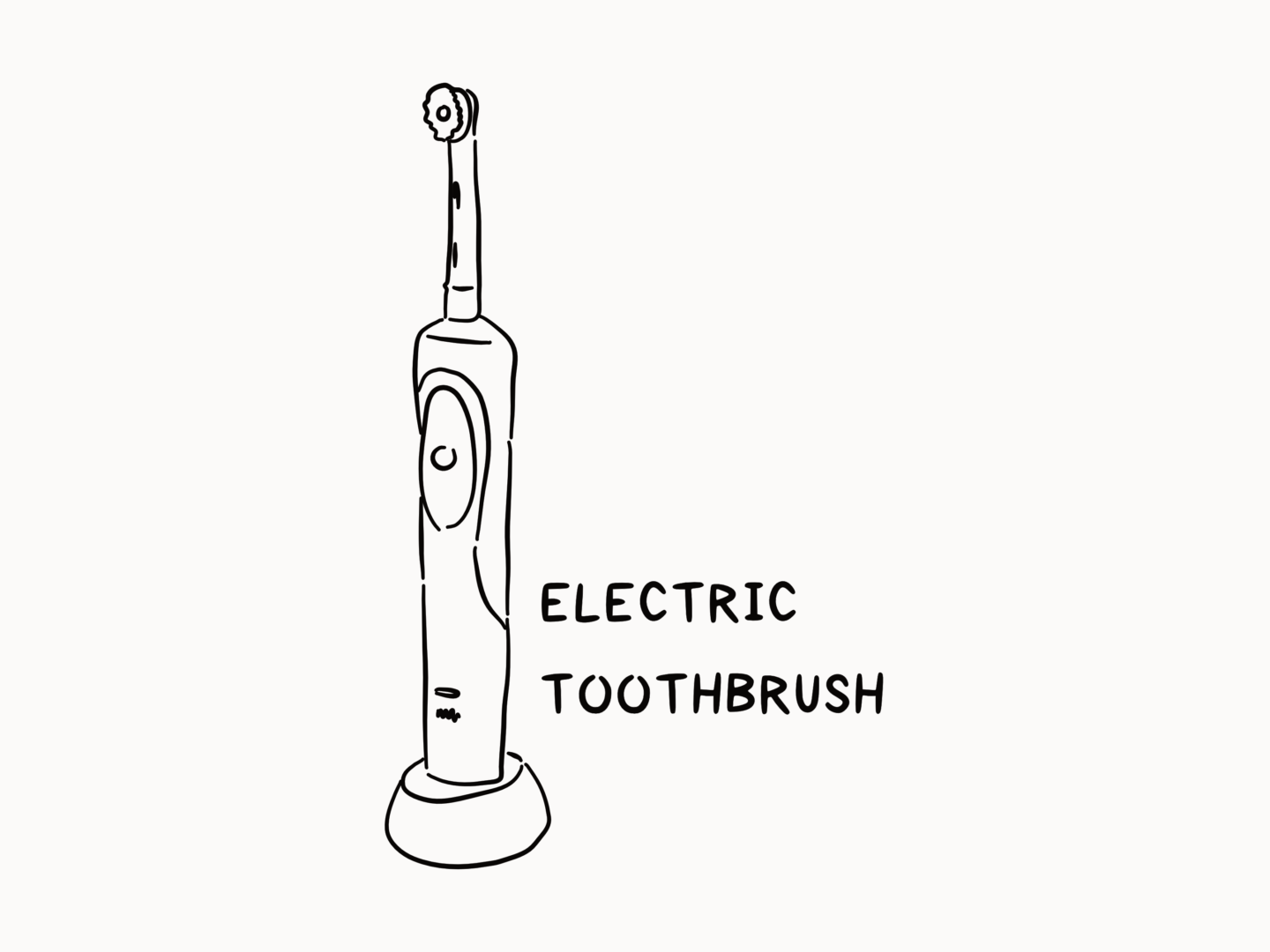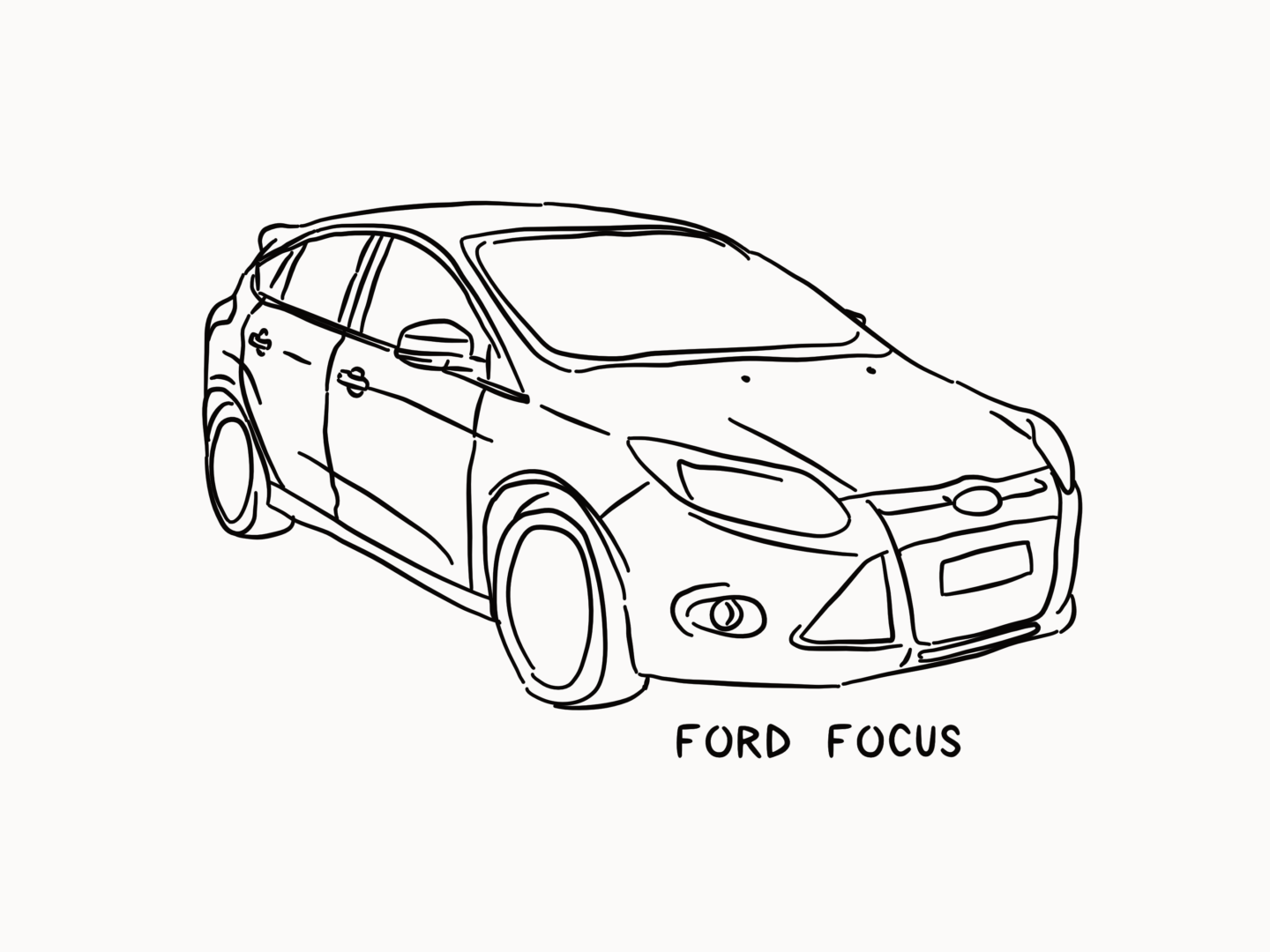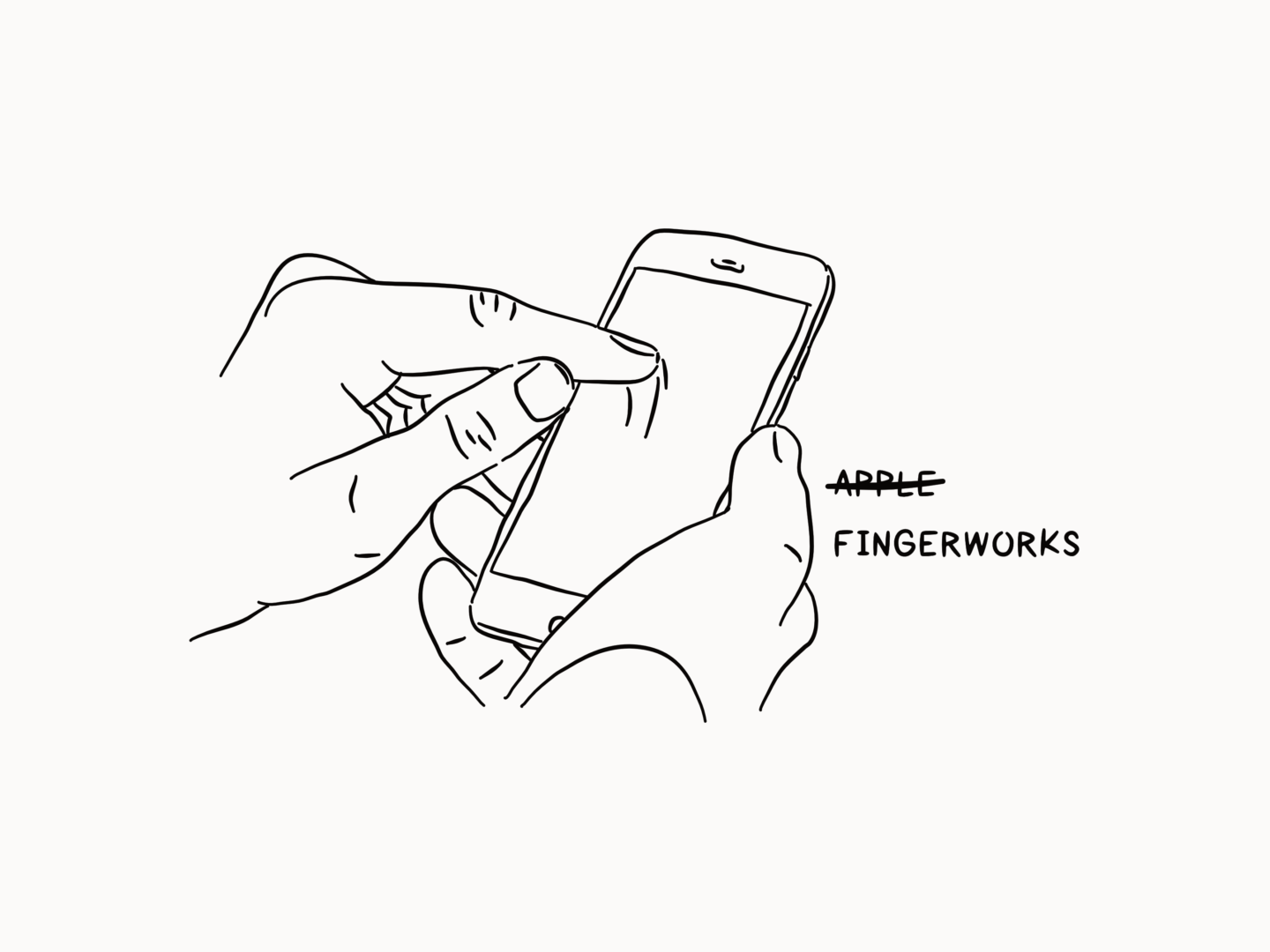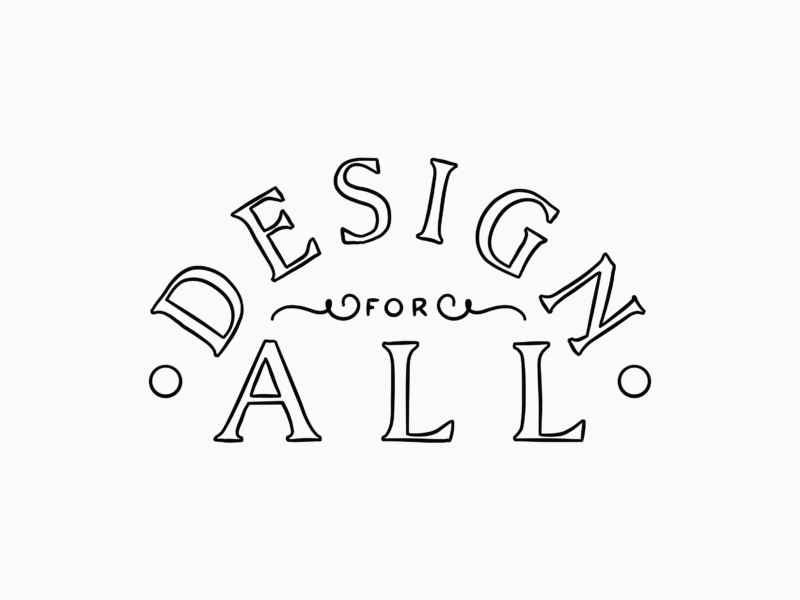I had intended to do this as a 6 month review, but life happened, I blinked, and then 9 months had passed so here we are. Last September, I redesigned my portfolio and turned it into a platform where I could sell greeting cards, postcards and my very first zine as well as basic commissions and now prints.
First things first
Before I get into what I’ve learned, I want to say thank you for the lovely response I got when I launched and ever since. Thank you to anyone who’s bought a card, a commission or even just a sticker. Your support has added so much to this journey. I’m still so blown away that anyone would spend their hard-earned cash on something I’ve made.
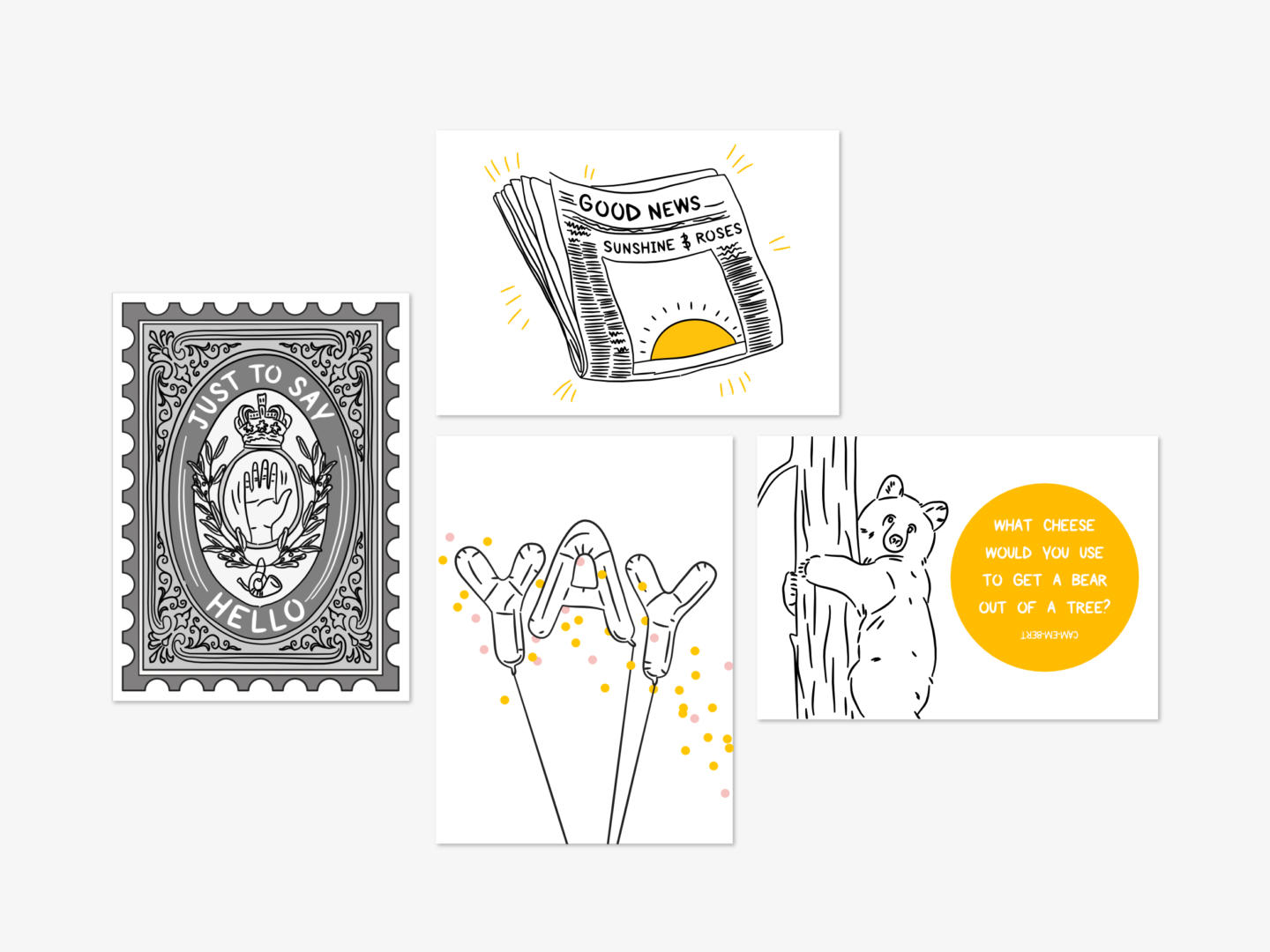
What I learned setting it up…
You need to give yourself plenty of time
I set a hard deadline for my shop launch because I wanted it to coincide with a year of having my blog – don’t ask me why. But I definitely underestimated the amount of time I would need to spend tweaking and redoing bits and pieces. If I was doing it again, I would recommend breaking it down and to set deadlines for each stage as I worked my way through.
Test everything
Get proofs and samples of everything you make before bulk ordering, then be prepared (in terms of time and money) for there to be at least one typo or misprint because it will happen, no matter how careful you are.
Just do it
I’d put off setting up a new portfolio and store for so long because I thought it would be too hard, or no one would care, or because I was embarrassed. But now I’ve done it I’m so glad I did. If I can do it, anyone can – seriously.
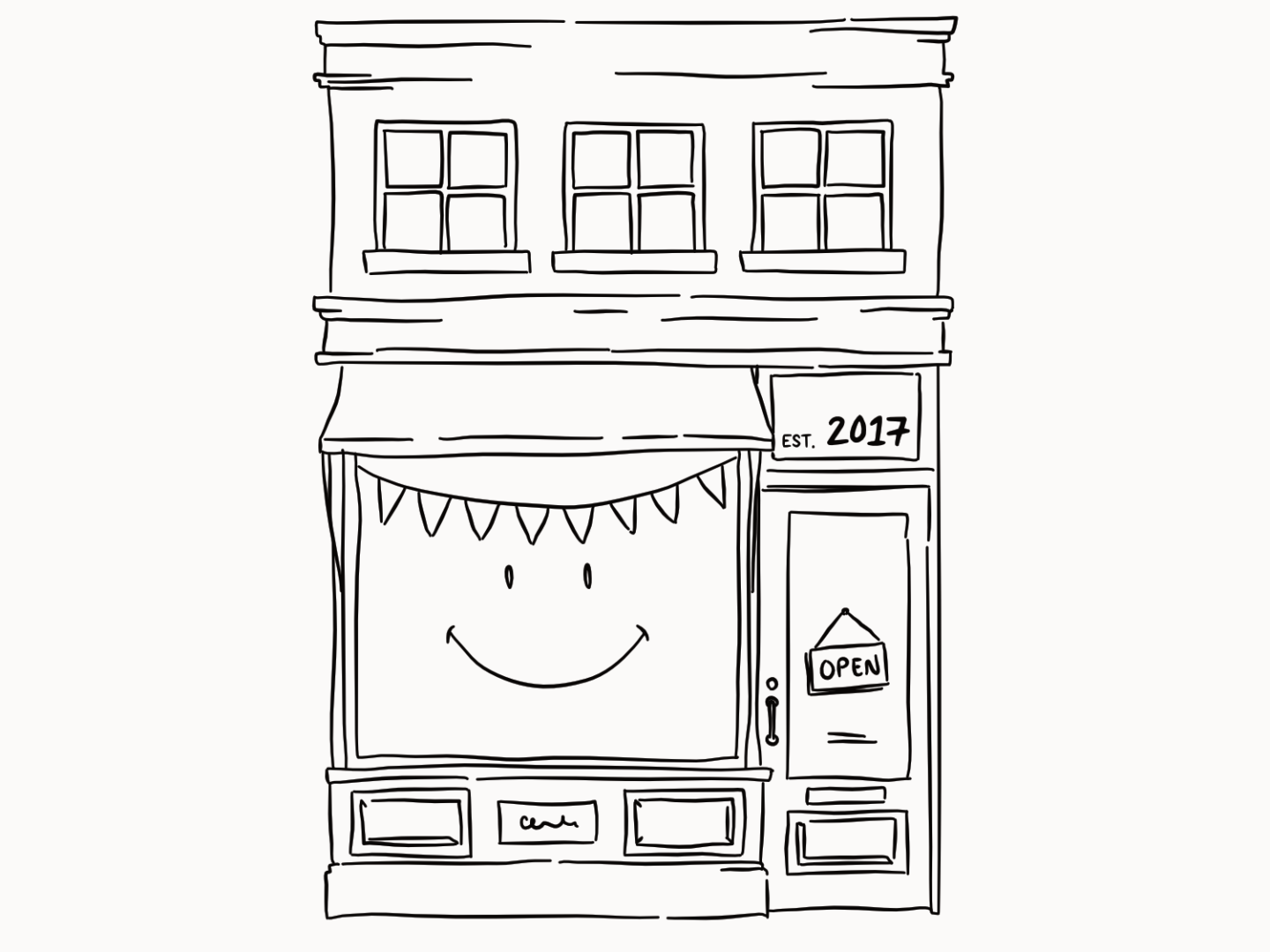
What I learned keeping it going…
Listen to your audience
When I set up my store I added in the option of portrait commissions as a bit of a last-minute whim, but they have proved to be my most popular offering by far, so much so that I’ve had to extend to include couples, groups and patterns. I’ve even drawn a dog (they’re the same as people in my opinion)! Listening to what people have asked me for and the feedback they’ve given has helped me improve my offering so much while remaining true to the kind of work I want to be producing.
Selling your work works
I am a very reluctant salesperson, it makes me feel super cringey, and I hate the idea of just leveraging whatever audience I have through this blog or my social media just to sell things. But I’ve come to realise that the only way to get people interested in what you’re doing is to show and tell them about it. I came to that earth-shattering realization after two social media posts pretty much led to all of my valentine’s day sales. You don’t have to be over the top, but you do need to remind people and do a little bit of an attention seeking dance. Plus selling doesn’t have to alienate your audience, in fact, I think I probably have closer, more meaningful, relationships with the people I’ve drawn portraits for because it’s an exercise in making a connection as well as illustration.
Don’t go to the post office at lunchtime
This is just good life advice, but if you live in the UK and you have to post something the convenience of just nipping out isn’t worth the hours of your life you will spend in the queue unless there’s a meeting you want to avoid.
You need to be Jane Ryan’s Filofax level of organized to hit the holidays
Last year I left myself a month to get ready for Christmas, thinking I was prepared. I wasn’t. I should probably be donning my antlers and prepping now instead of writing this blog post if I’m honest. I had never realized how hyper-aware of holidays you need to be in order to run a store, especially one that includes cards and gifts, before and now I have so much respect (and fear) for everyone who manages to do it and make it look so smooth.
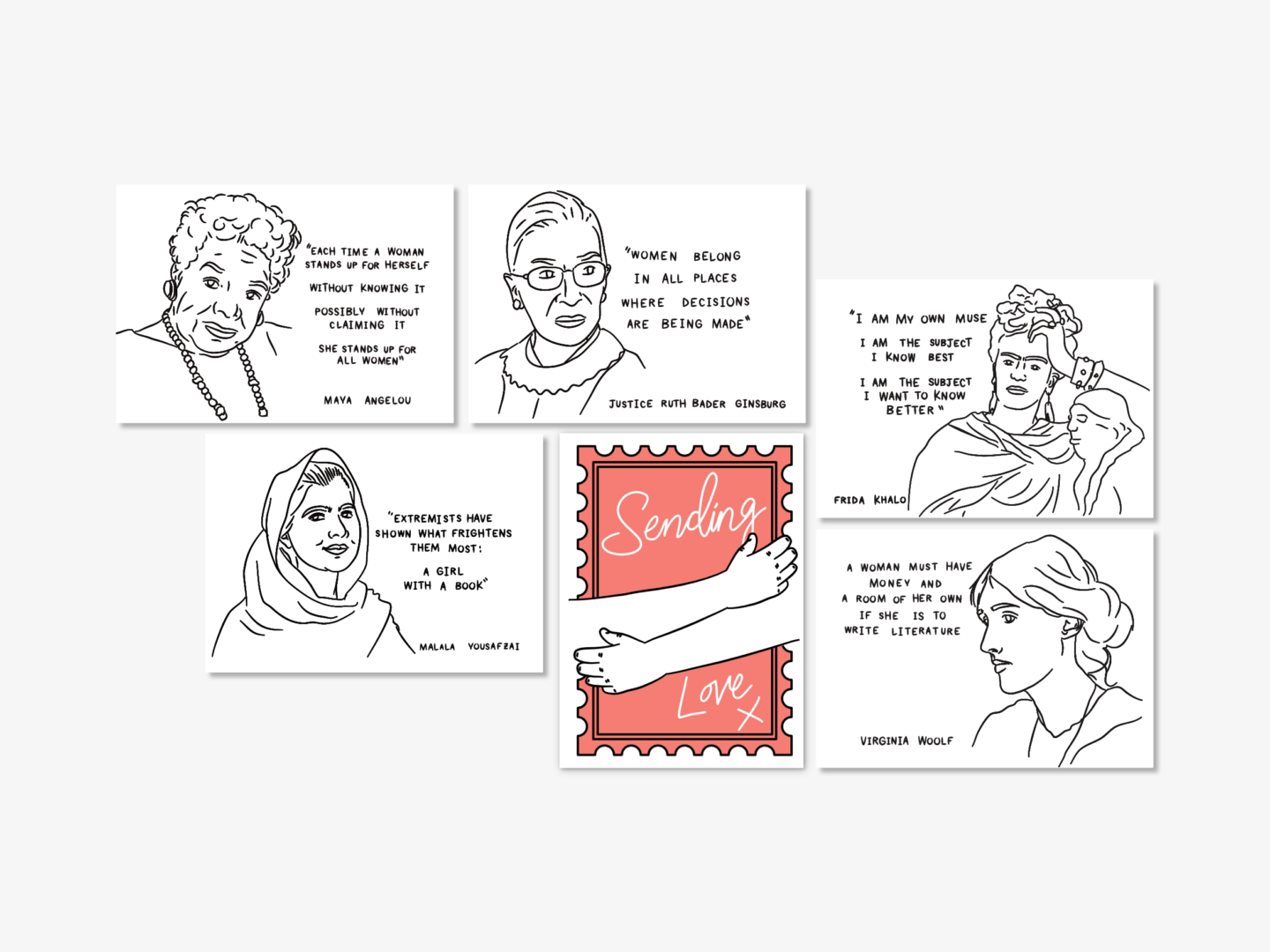
What I want to do with it now…
Making a content calendar
This is marketing 101 but it’s something I’ve ignored up until now. I’m going to put together a schedule to remind me when I need to start thinking about seasonal work and to remind me to actually talk about my store.
Promote a little bit harder
On the back of that, I’m going to start actively promoting my store and making my portfolio more attractive. I’ve put the effort into making it and it would be a shame just to let it slip away.
Produce some new work
I’ve largely left the products up in my store unchanged since my September launch with the exception of Christmas cards and commission options. Taking the time to reflect on having had my store for 9 months has reminded me how much fun I had creating products and I want to do more of it. Plus, now I’ve stepped back from blogging a little bit I have some breathing space. So expect some exciting new things coming your way in the coming months.


